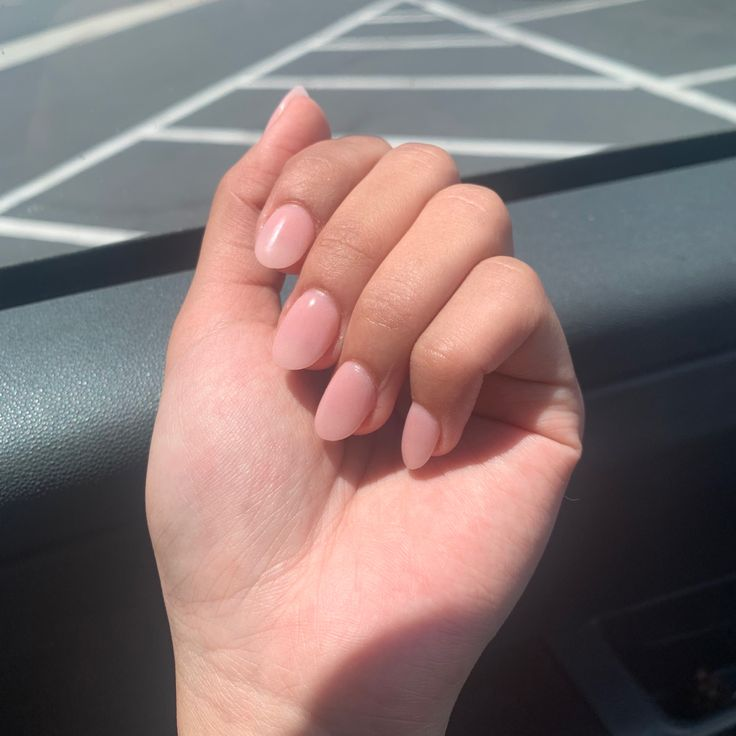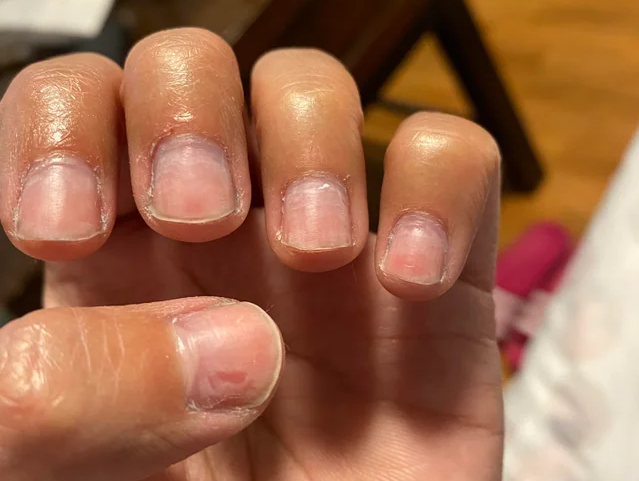Side Effects of Dip Powder Nails You Should Know
For the love of durable manicures and what is currently trending, people use dip powder nails to help them stop picking and biting their nails. Most importantly, for many, manicured nails are a source of self-esteem and self-expression. A popular technique is dip powder nails. However, there are many side effects of dip powder nails that people may not be aware of.
There are many ways to get dip powder nails. You can make dip powder nails in your house if you closely follow the requirements and process in making it. It is an advantage to add to your beauty and make you look good without visiting a nail salon.
But as durable and beautiful as the dip powder nail may seem, its downside and side effects can affect your nails. Besides making your nails beautiful, keeping them healthy should be more of a priority.
This article will inform you about the side effects of dip powder nails so that you can keep your nails healthy and free from infections.
Side Effects of Dip Powder Nails
Here are some of the dip powder side effects you might not know about.
Cross-Contamination Between Clients
Becky Ogden, an experienced nail technician, explains how clients get contaminated without their awareness. Because of the latest trends, they risk infection and neglect safety and cleanliness.
She explained, “People don’t realize the cross-contamination that can happen by just using the same powder on another person.”
“The process involves dipping nails in a powder jar after painting them with a bonding agent. Then the technician applies a special nail polish and creates a shiny finish by filing down each nail.”
Its stable and fast features make some customers love the techniques, but there is a concern when different people use the same content repeatedly. It’s incredibly unclean, and clients can easily pass nail infections across to each other.
Dr. Valerie Albano, a biology professor at Merced college, describes, “Two things are happening every time someone dips their finger into a bottle of nail powder. First, they’re exposing themselves to whatever microorganisms are already in the powder and leaving the microorganisms they brought in on their hands.”
Albano believes that, for many weeks, fungus, mold spores, and bacteria can survive in a pot of powder. And for people with weak immune systems, it would constitute a potential infection risk, as treatment can be challenging.
She explained further, “Surgical removal of the nail might sometimes be the only way to treat that infection because the fungus can get deep down into the bed of the nail.”
Nail Damage Caused By Removal
Removal of dip powder nails can sometimes be tough as the powder layer differs from gel which peels off in sections. The dip powder nail does not peel off in sections because of how solid it is and, in the process, can leave your nail weak or flimsy.
The seal layer of your nails can get broken in the process of removal, and this can cause temporary nail damage and dehydration of the nails.
What are Dip Powder Nails?
Dip powder nail is a powder of different colors used to manicure or beautify the nails or fingers. For the powder to stick to your nails, you must file and buff the nail smoothly before inserting it.
The techniques of the dip powder nail involve dipping the nail into the preferred colored powder in a container or brushing the dip powder onto the nail and using a clear sealant on top. The process is done severally until your nails are adequately coated in color.
Valley, a nail technician, defines the dip powder manicure as “When the colored powder is used with a resin-type glue to create a long-lasting manicure.”
How to Take Off Dip Powder Nails
Dip powder nails create a thicker manicure because it is applied by layering excess powder and resin. It becomes very difficult to pull out if you decide to remove it on your own. You would also incur damage to your natural nails.
Lexi Suga, a nail expert, says, “You have to go through processes while removing the dip powder nail, even for the fact that you must remove all of it and o do a new set.”
Generally, it is recommended that you get a professional nail technician to remove your dip powder nails. However, you can safely and effectively remove the dip powder nails with great care and patience.
You can do this by carefully using an emery board to file the top layer of your nails. Do this until they are covered with white dust and look dull. By doing this, you remove the top layer of powder.
Then make use of acetone which helps dissolve the powder’s bond to the nail. Place cotton wool soaked with acetone on top of your filed nails and wrap it. Depending on how you apply the powder, you might have to repeat the removal process and scrape any remnant around the nails.
How to Remove Dip Powder Nails Without Acetone
You might not want to use acetone because of how harsh the chemical is. You also wouldn’t want it to damage your delicate skin. However, you can remove the dip powder nails without using acetone. And to do that, you’ll need to use toothpaste, alcohol, white vinegar, and baking soda.
Alcohol and white vinegar and alcohol replace and are a substitute for acetone. So, you can replace acetone with any of these two. Mix baking soda and toothpaste in a small container or bowl and cover your nails. Wait 15 to 20 minutes before rubbing or scraping the powder polish off your nails.
Conclusion
Whether you like it flashy, classy, short, or long, remember that dip powder nails have their downsides. And as humans, it is expected that we should be after safety, healthy living, and cleanliness. It should be your priority.



